Talk of a tropical storm brewing in the Gulf of Mexico has caught our attention. Though it’s a slow moving and disorganized system, the forecasters are pretty geared up about it. Right now, we’re on an RV trip along the East Coast of Florida. This is not the first time we’ve had severe weather threaten our RV travel. On our trip to Maine along the east coast, we dodged hurricane Irma and tropical storm Jose, staying barely two days ahead of the storms as they ‘chased’ us up the coast.
We’re en route to the Panhandle of Florida for our family vacation and the forecast is grim. Even though we purchased a Leisure Travel Van Unity MB for road trips, we still rent a vacation beach house to accommodate our growing family. In advance of the beach house vacation, we are traveling in our Unity, enjoying the beaches of the Southeast coast. Heading west, we will try two new spots on the Florida Panhandle before arriving at our final destination of St George Island, just south of Tallahassee.
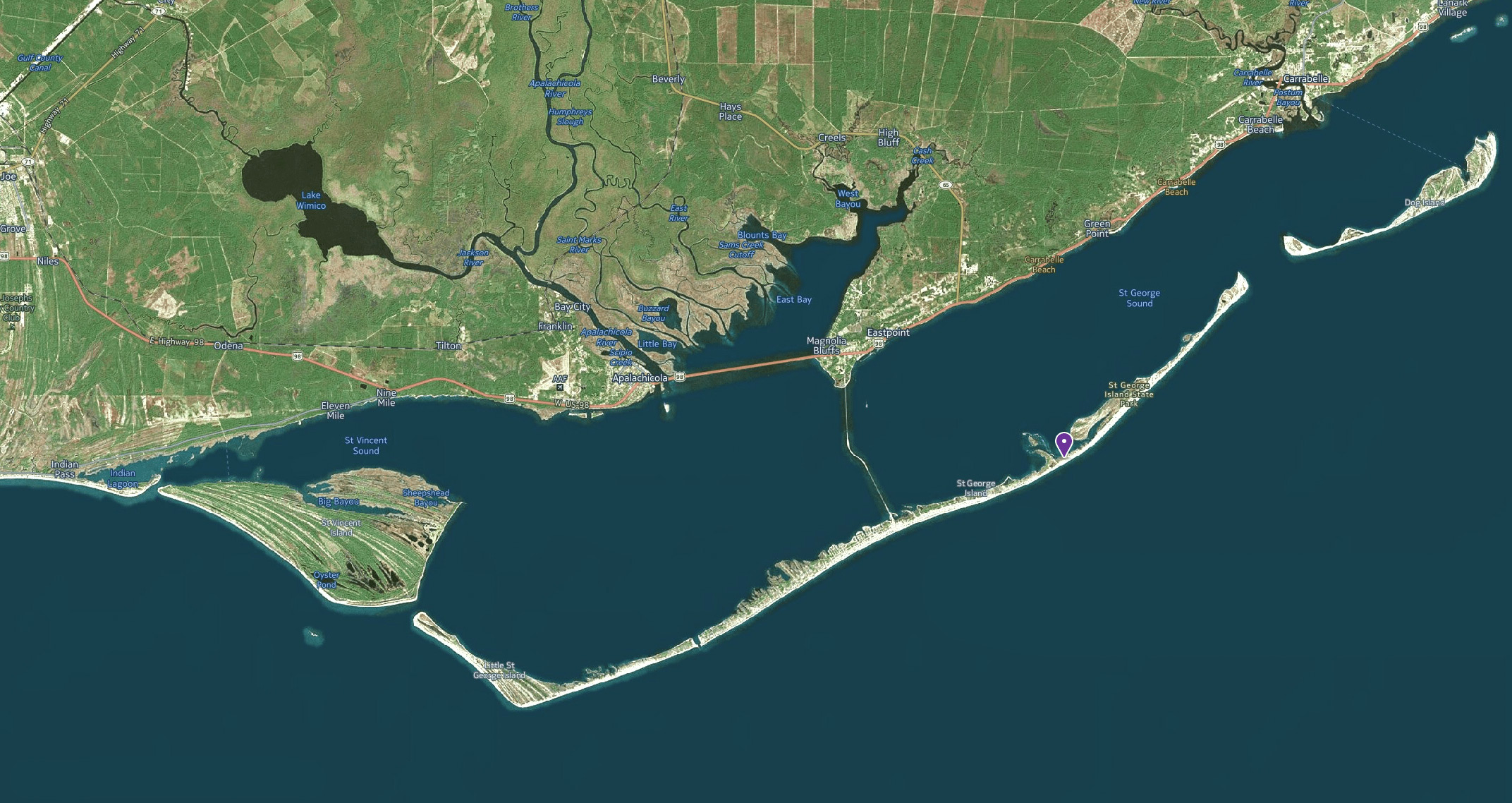
The first spot to explore is Cape San Blas. We’ve heard a lot about this beach with its tall sand dunes and wildlife preserve. We have a glorious stay there among beautiful sugar-sand beaches, rolling dunes, and spectacular turquoise water. The weather is perfect, yet, the storm clouds on the horizon and increasingly rough surf prompt the Park Rangers to raise the red flags warning of rip current danger. The tropical storm in the Gulf seems to be sending an unwelcome emissary in advance of its arrival.
After lounging on the beach, we venture out to tour nearby Port St. Joe and its quaint downtown. There are no indications of storm preparation here. The grocery store is well stocked, the businesses operating normally and, when asked, most residents scoff at the threat of the forecast tropical storm. They weren’t worried so we didn’t worry either and enjoyed a few more days at an RV Resort near East Point.
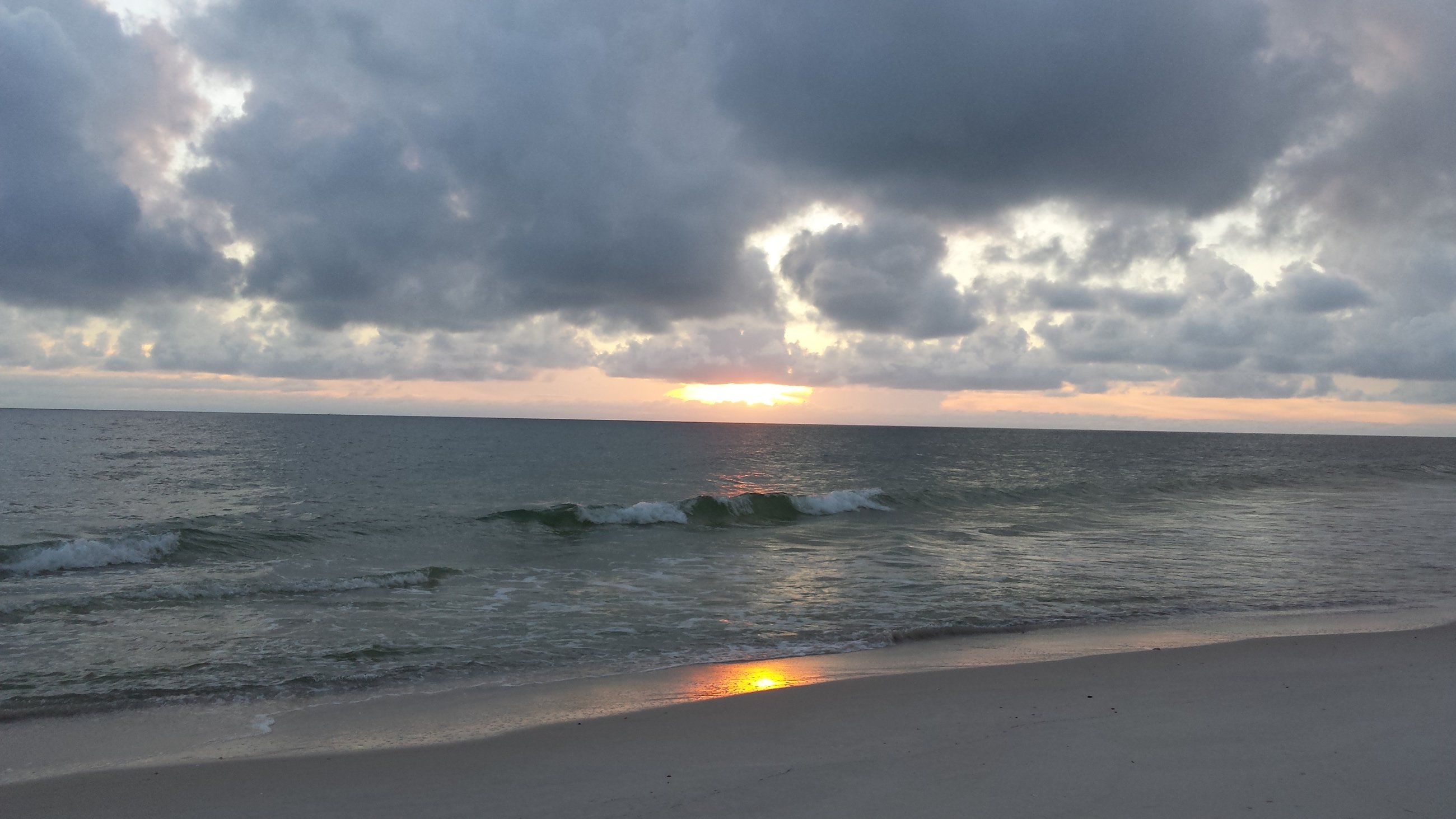
Beach House move-in day finally arrives and, along with it, cloudy skies and intermittent rain. Preparing breakfast, we hear a lot of noise outside. We step out to see the resort staff turning picnic tables upside down. All the pool furniture is gone, and we are surprised at how many of the RV sites around us are vacant. When we arrived, the resort was fully booked for the Memorial Day weekend. The site vacancies are a little unsettling and just a bit eerie.
The small lobby of the beach house rental office is crowded with people. Everyone seems to be talking at once. At the reception desk, the agent tells us we cannot check in because the island is being evacuated ahead of the storm. Fielding questions about the evacuation and when we might return, the agent wearily replies, “Everyone must leave the island by 5 pm and the evacuation order will not be lifted until after the storm makes landfall – provided the bridge and island are OK.” A gentleman brushes by us muttering, “Where am I supposed to go?” It was then we realize we don’t have a place to go either. We’re eight hours from home, every RV park is booked for the Memorial Day weekend, and we are in the direct path of a Tropical Storm – in an RV!
We call our kids to break the bad news. They had just started their trip from Atlanta and now had to turn around for home to wait and see what the next 24 hours would bring. We all hoped that the storm would pass by quickly enough to salvage most of the week at the beach house. In the meantime, we needed to figure out what to do.
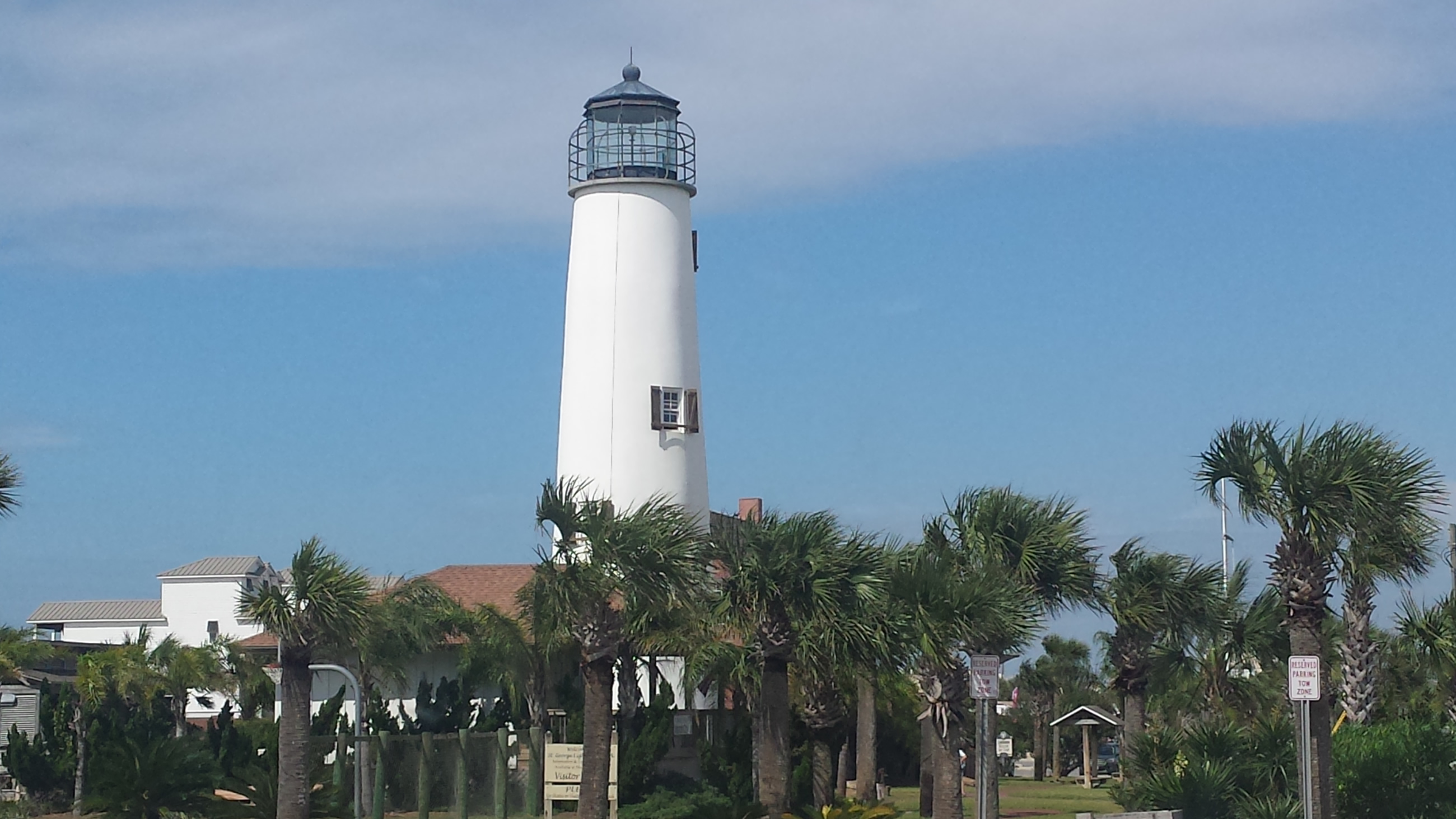
A bite to eat, a place to ponder our options sounds like a plan so we walk to the Blue Parrot, a favorite haunt on St. George Island. We eat our lunch watching the rough surf from our beach-side table. Jim breaks the silence summing up our predicament; “The island is being evacuated and we have to get across the bridge before the wind picks up. Let’s see if we can find a spot at the RV park we just left. It’s on the mainland and we should be safer there.” With all the bad weather reports surely the RV resort would have a cancellation, we reason. So, after lunch, we head back over the bridge along with a fleet of other disappointed vacationers.
As we approach the RV resort we notice how close it is to the water. There was a good reason for the storm preparation that interrupted our breakfast this morning. The forecast warned of storm surge reaching four feet – enough to swamp the resort and much of highway 98 we enjoy so much. We had seen the damage here from the last hurricane when the road was practically washed away, not to mention the devastation to properties near the road. If the larger, class A coaches were headed inland, maybe we should too – but where and how far inland would we have to go?
Tallahassee is two hours away, and we might find an RV park there. A quick internet search doesn’t turn up much. We remember a Walmart about 45 minutes drive from here. We’ve never boondocked in a parking lot before but maybe this was the time to give it a try. The decision hung in the air. Should we stay here, go to Tallahassee, or try the “Walmart experience”? We head inland to find a safe haven.
The kids tell us they are planning to leave for Tallahassee on Monday, stay there overnight, and drive to St. George on Tuesday hoping they could resume their vacation. We hoped they were right and, in positive anticipation, shopped for the beach house supplies.
By the time we finished our shopping, news from the Panhandle announces the evacuation of RV and mobile home parks along highway 98. That confirmed our decision to head inland. Rather than look for an RV park, we decided to boondock in the Walmart parking lot and join up with the kids in Tallahassee on Monday.
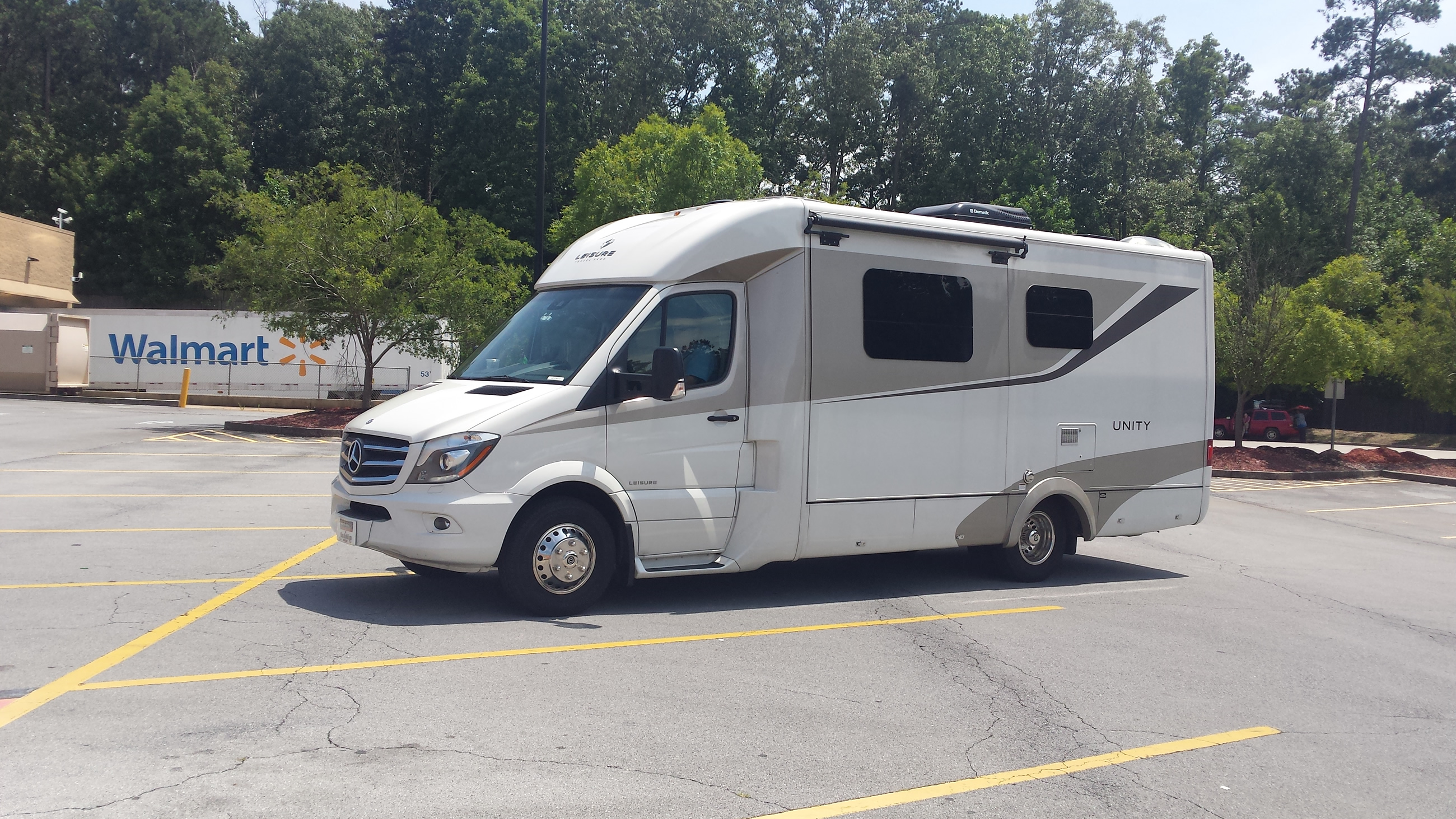
Jim speaks with the Store Manager and we chose a spot near the loading docks. Out of the way of traffic, the area is quiet. Several tractor trailers are already parked for the night. We make sure to leave plenty of clearance on either side for any incoming freight trucks. Even though we couldn’t put out the slide, the Unity was cozy and comfortable in the increasing rain and wind. As the storm drew nearer to the coast, the rain became torrential. We were glad we had chosen to come inland. We cooled down the unit with the air conditioner running on the generator, then shut it down for the night. A small fan running on the house battery would have to do for sleeping.
We are up and on the road for Tallahassee early the next morning. Stopping for breakfast, we listen to the forecast predict a storm landfall between Apalachicola and Pensacola. We knew the further west it made landfall, the better St. George Island would fare. The only reasonable hope was for the storm to weaken.
The kids call alerting us to their re-start from Atlanta and we meet up with them at a hotel on the south side of Tallahassee. A relaxed dinner together and an evening of storytelling finishes the day. Tucking in the grandkids, we are grateful for the comfort of the family after an uncertain day. Now, we just have to wait and see how St. George will fare in the storm.
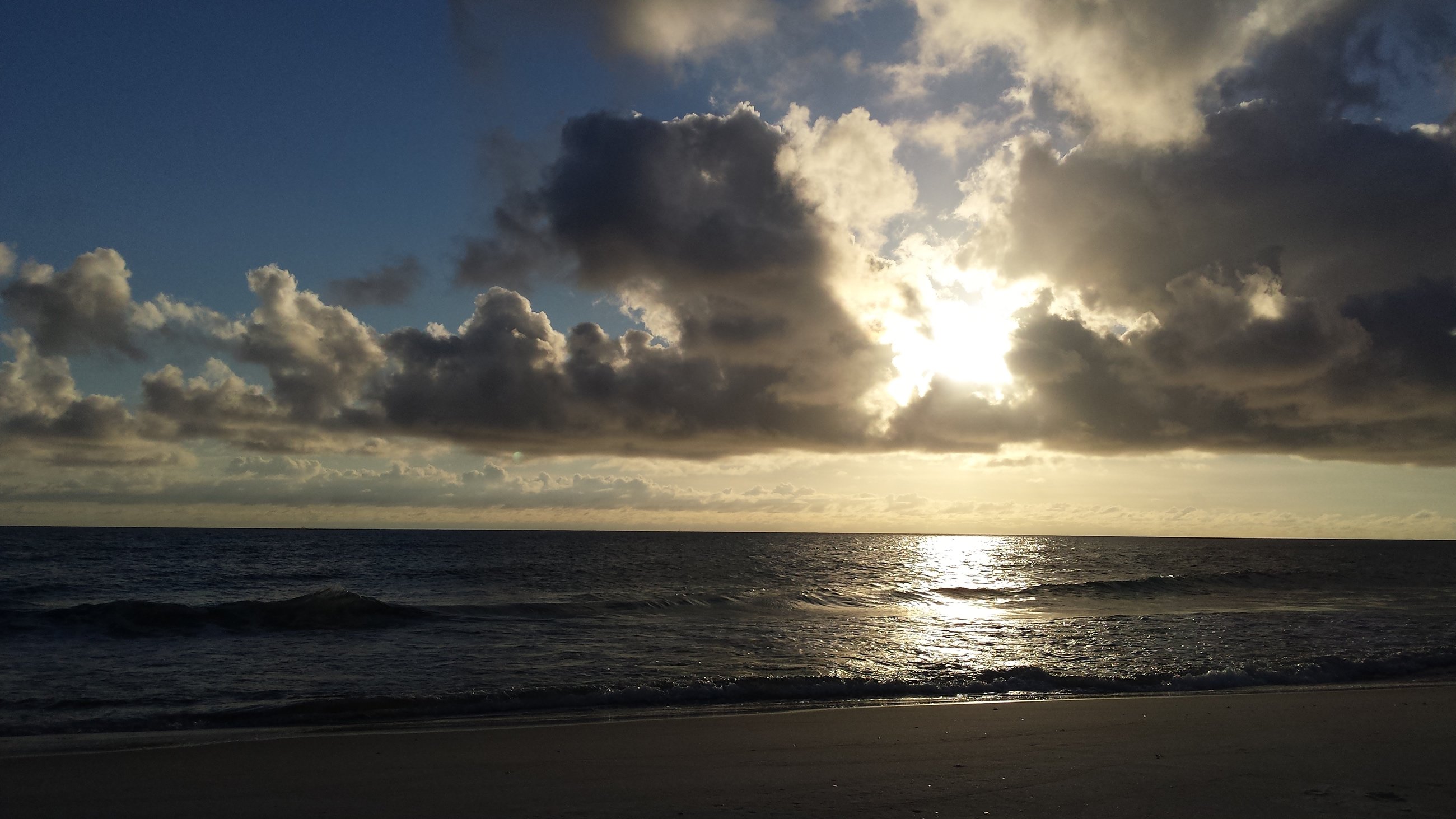
Tuesday morning brought the storm landfall a bit further west than expected and the damage was negligible in the area around St. George. As we drive along highway 98 we notice the RV resort hasn’t suffered any obvious damage and a few big class A rigs are already lined up at check-in. The wind is gusty and the rain comes in short bursts, but the drive to the island is uneventful – except for the excitement of the grandkids!
In all, the evacuation of the island and our dilemma of finding a safe haven was a good lesson in planning. We were traveling before the start of the hurricane season in the Gulf, so figured we were safe from severe weather. We quickly learned that storms don’t follow a schedule! You can be sure that emergency planning is now a part of our regular trip planning process.
A few tips for RV trips and severe weather:
- Don’t be swayed by the locals’ lack of concern over an approaching storm. Locals know where to go and what to do to stay safe in dangerous weather, you are a visitor and must fend for yourself.
- Keep a close eye on the development of storms in your area and on your travel route. Don’t rely on just one app or channel. Check both national and local weather as well as the local Emergency Management website.
- Be proactive: Identify “safe haven” spots when you are planning your travel itinerary. Find places to boondock out of a storm’s path or places to stay if you have to leave your RV to take shelter. As soon as you arrive at a campground, find out where the nearest storm shelter is located.
- Understand what kind of evacuation has been issued. You can find this on the Emergency Management website for the area. If there is an evacuation recommended by the local authorities, by all means, heed their warning.
- If you are advised to evacuate, don’t wait for the storm to get closer before leaving. Winds can arrive well in advance of a storm’s landfall and its effects on an RV can be devastating at relatively low velocities.
- An RV, no matter how large and lovely, is not a suitable shelter for a severe storm. Wind, lightning, and flood can do unbelievable damage to an RV. If you can’t get your RV away from the storm’s path, get out of your RV and find safe shelter (see item #3).
- If you have to leave your RV, secure it as best you can. Pull in slides and awnings, take it off leveling blocks or retract levelers. Put away and secure camping equipment so that it won’t be blown into your RV. Park the RV with the back end into the wind to help protect the windshield. Park away from trees and on a solid surface rather than sandy or muddy areas that could become saturated with storm surge water.
- Pack an emergency bag in case you need to leave the RV. Include your vehicle documents, insurance cards, prescription medications as well as any irreplaceable valuables. Keep the bag in a convenient place where you can grab it and go if trouble arises.
- You may also want to pack a “survival bag” with supplies to hold you for a couple of days. You can find a list of emergency supplies on the FEMA website.
- Check the traffic report before you evacuate. There may be several evacuation routes to choose from. Also, make sure you have a full tank of gas/diesel. As the evacuation routes get busier, gas and diesel may be harder to come by.
An RV is a fabulous way to travel. At the same time, it is vulnerable to severe weather. We have encountered storms on almost every RV trip but each time we learn how to prepare a little better. Now when we are planning a trip, we identify typical severe weather seasons in a destination and, if possible, avoid them. Take the time to do a bit of emergency planning for your next RV trip and know what to do to keep you and your RV safe.


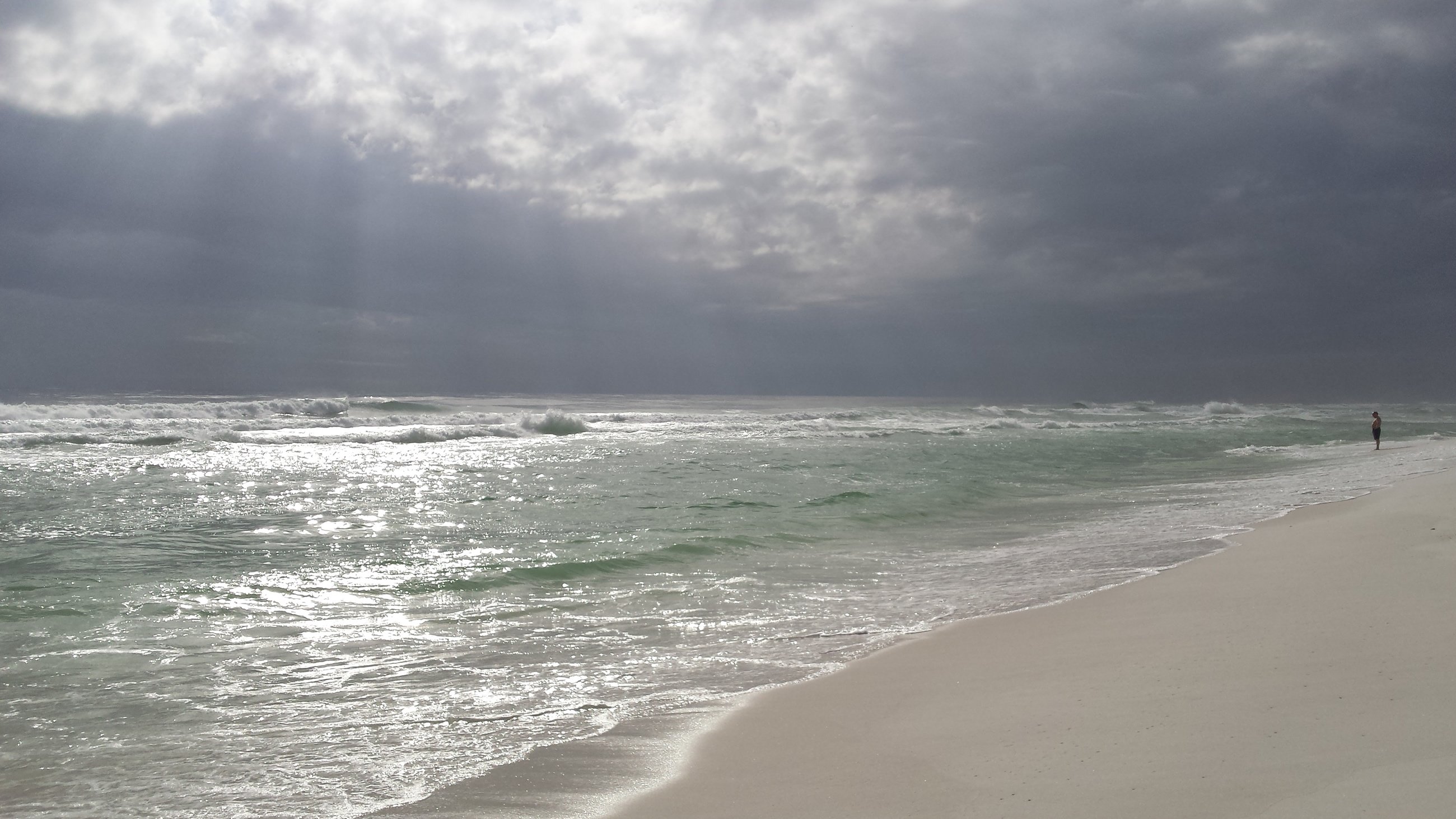


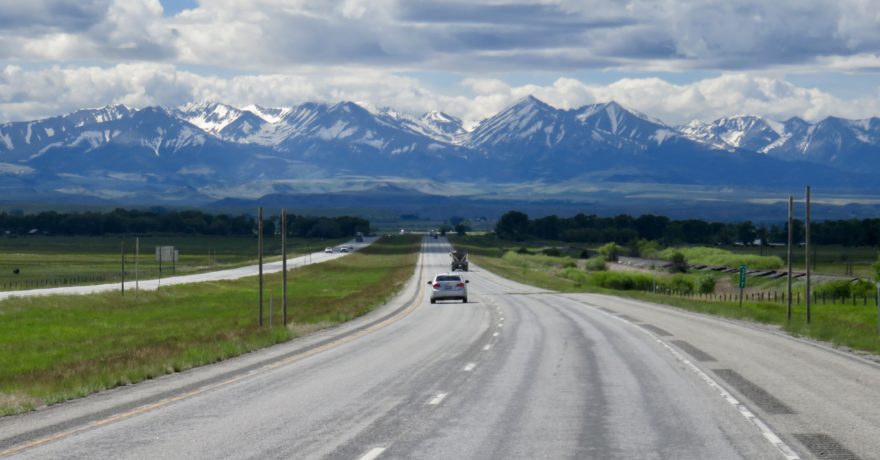
Comments